Buy the photo Lone walker on the Maalwater by Mike Bing on canvas, ArtFrame, poster and wallpaper, printed on demand in high quality.
About "Lone walker on the Maalwater"
by Mike Bing
About the artwork
A lone walker walks along the dike near the Maalwater past mill Varnebroek in Heiloo.
This is a scvhilder-like edit of a photo taken in December 2023.
The inmates of the Maalwater complained in 1590 that they were experiencing water problems since the incorporation into the Egmondermeerpolder, because they could no longer let their water run off into the new polder without further ado. Therefore, they separated from the Egmondermeer in 1591 and became responsible for drainage themselves. To the east, a polder mill was built on the ring canal of the Baafjespolder.
On 29 July 1741, the inmates concluded an agreement with the Egmondermeer, whereby the latter took over the drainage of the Maalwater again, for fl 200 per year. To this end, a culvert was placed in the separation quay with the Zuidermeer, so that the water could drain off to the Geestmolenpolder (Tenbruggencatenummer 00360) within the Egmondermeer. On 30 April 1859, the agreement was renewed, the price at the time being Fl. 250.
In November 1922, the polder commissioned K. Jongejans, steam mill making and carpentry shop in Westzaan, to supply an oak centrifugal pump driven by an 8-10 hp (6-7 kW) electric motor. This became a miserable failure. When tested in January 1923, the capacity turned out to be only 9 instead of 14 cubic metres per minute. Furthermore, the plant was eating up power. Improvements by Jongejans achieved nothing. In January 1925, the board finally relieved him of his duties, and switched to a HEMAF plant with an electrically driven steel screw pump. The motor was a 12.5 hp (9 kW) three-phase electric motor. By April 1926, the plant was ready.
Today, the relocated Varnebroek mill stands here.
Sources:
- "Inventaris van het archief van de Polder De Egmondermeer", D. Aten, 2003.
- "De zeeweringen en waterschappen van Noordholland", third edition, D. Kooiman, 1936.

About Mike Bing
Driven photographer with a preference for landscapes and city views as well as closeup work. Often emphasizes details in a larger picture. Often uses different post processing techniques to show the reality as it is experienced, not as it is actually seen. Photography as feeling.
A percentage of all sales..
Read more…
 Germany
Germany Ordered in October 2019
Ordered in October 2019
 Netherlands
Netherlands Ordered in July 2022
Ordered in July 2022
 Netherlands
Netherlands Ordered in February 2023
Ordered in February 2023
 Germany
Germany Ordered in May 2021
Ordered in May 2021
 Netherlands
Netherlands Ordered in August 2017
Ordered in August 2017
 Netherlands
Netherlands Ordered in November 2018
Ordered in November 2018
 Germany
Germany Ordered in July 2019
Ordered in July 2019
 Netherlands
Netherlands Ordered in May 2021
Ordered in May 2021
 Netherlands
Netherlands Ordered in June 2019
Ordered in June 2019
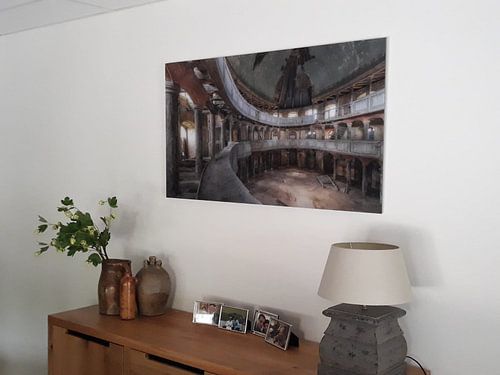
 Germany
Germany Ordered in August 2023
Ordered in August 2023
 Germany
Germany Ordered in March 2023
Ordered in March 2023
 Netherlands
Netherlands Ordered in June 2021
Ordered in June 2021
About the material
ArtFrame™
Interchangeable Art Prints
- High-quality print
- Easily interchangeable
- Acoustic function
- Large sizes available
Discover the artworks of Mike Bing
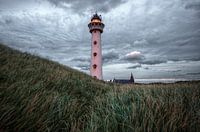 J.C.J.van Speijk lighthouseMike Bing
J.C.J.van Speijk lighthouseMike Bing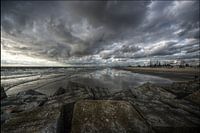 Noordpier in Wijk aan ZeeMike Bing
Noordpier in Wijk aan ZeeMike Bing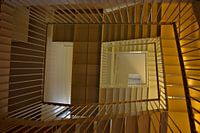 Escher revisited 1Mike Bing
Escher revisited 1Mike Bing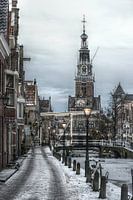 The Wagenower in the winterMike Bing
The Wagenower in the winterMike Bing Skies over FrieslandMike Bing
Skies over FrieslandMike Bing Escherian staircaseMike Bing
Escherian staircaseMike Bing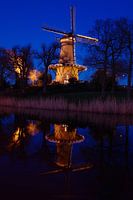 Pete's mill - 1Mike Bing
Pete's mill - 1Mike Bing Here's looking at ya!Mike Bing
Here's looking at ya!Mike Bing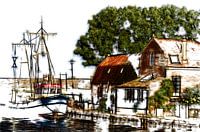 Fishing boat in EnkhuizenMike Bing
Fishing boat in EnkhuizenMike Bing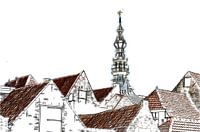 De daken van ZierikzeeMike Bing
De daken van ZierikzeeMike Bing Mills, water and boatsMike Bing
Mills, water and boatsMike Bing Going up!Mike Bing
Going up!Mike Bing And behind window number one...Mike Bing
And behind window number one...Mike Bing Hof van Sonoy, AlkmaarMike Bing
Hof van Sonoy, AlkmaarMike Bing Kaasmakersgracht, AlkmaarMike Bing
Kaasmakersgracht, AlkmaarMike Bing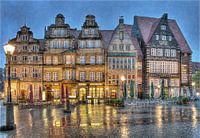 Main Market - BremenMike Bing
Main Market - BremenMike Bing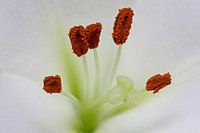 GranularMike Bing
GranularMike Bing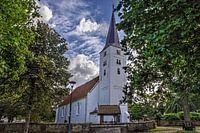 White Church, HeilooMike Bing
White Church, HeilooMike Bing Egmond's rhythm, lighthouse and beach housesMike Bing
Egmond's rhythm, lighthouse and beach housesMike Bing Abstract Egmond bulb fieldsMike Bing
Abstract Egmond bulb fieldsMike Bing



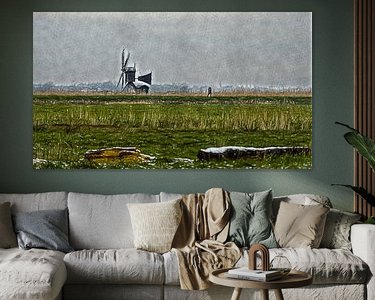

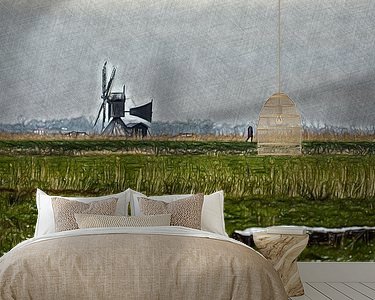

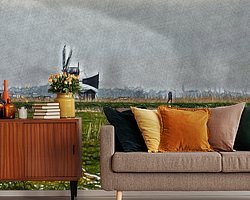





 Mills
Mills Photo wallpaper
Photo wallpaper Photography
Photography Serene Peace
Serene Peace The Netherlands
The Netherlands









